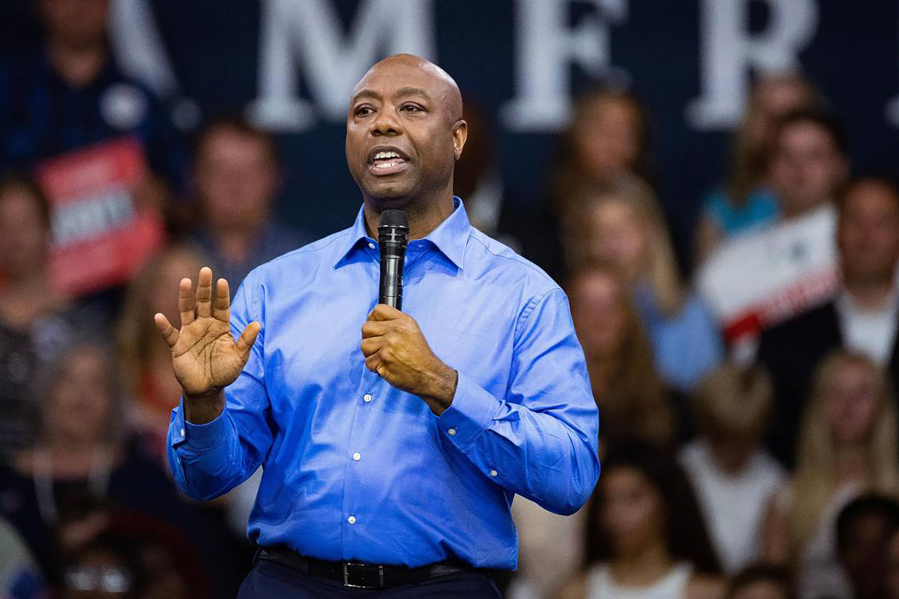COLUMBIA, S.C. — Columbia’s Middleton family, leading developers in the downtown area in recent years, made a sizable profit when they sold their share in a local hospice business two years ago. Rather than pocket the income, the family invested those earnings in one of their biggest development ventures to date: a 65,000-square-foot production brewery and restaurant north of downtown.
Downtown’s Main Street is packed with Middleton businesses, including a boutique bowling alley, a dueling piano bar and a hibachi restaurant. But the family chose to locate Peak Drift Brewery somewhere less flashy, in a previously abandoned building on North Main Street, more than 2 miles outside the city center in an area hungry for quality development. And they were able to do so thanks to a program that affords them a tax incentive for investing their capital earnings in a poor area of the city.
Peak Drift, currently under construction, sits in one of South Carolina’s 135 opportunity zones, economically distressed areas given the special federal status to entice economic development by using proceeds from capital gains.
“The opportunity zone makes it worthwhile for doing it in those zones,” said Greg Middleton, co-owner of the brewery. “But the project would have been economically viable in a historic building, just not on North Main. Instead of us just doing everything else on the 1600 block of Main Street, is there somewhere else that we can go?”



